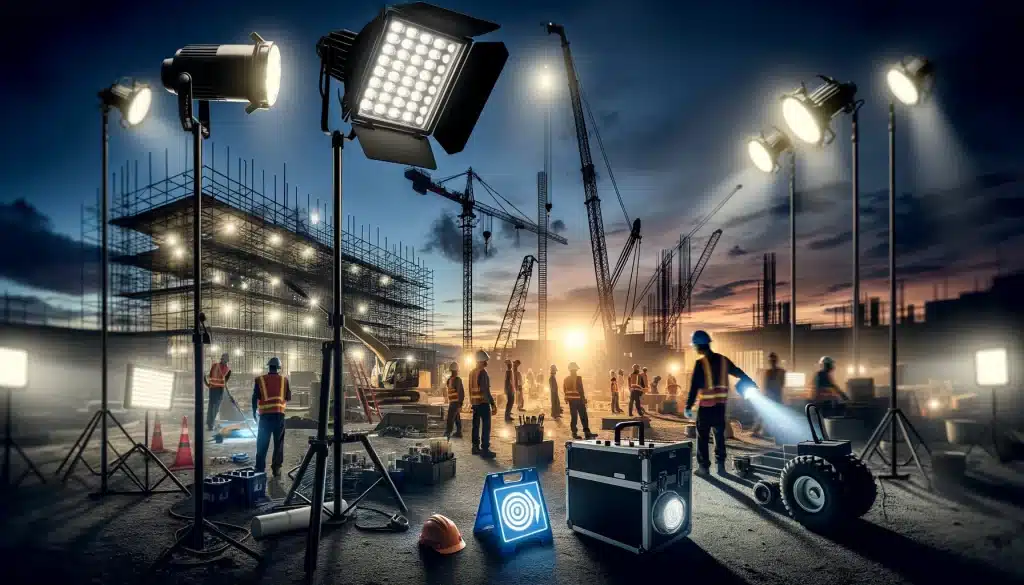
Welcome to Tally Ho Lighting
Welcome to Tally Ho Lighting
In recent years, the lighting industry has witnessed significant advancements in technology that are set to transform the way we illuminate our spaces. From energy-efficient solutions to smart lighting systems, these cutting-edge technologies promise to revolutionize the lighting industry as we know it. In this article, we will explore the latest innovations in lighting and their potential impact on our daily lives.
LED (Light Emitting Diode) lighting has emerged as a game-changer in the lighting industry. With its exceptional energy efficiency and longevity, LED lights have quickly gained popularity as a sustainable lighting solution. Unlike traditional incandescent bulbs, LEDs consume significantly less energy while providing the same level of brightness.
LED technology has come a long way since its inception, with continuous improvements in efficiency and performance. Manufacturers have developed LEDs that offer a wider range of color temperatures, making them suitable for various applications, from task lighting to ambient illumination. Moreover, LED lights can be dimmed, allowing users to adjust the brightness according to their needs, further enhancing energy savings.
Not only do LED lights consume less energy, but they also have a longer lifespan compared to conventional lighting options. This means reduced maintenance and replacement costs, making LEDs a cost-effective choice in the long run. Additionally, LED lights do not contain harmful substances like mercury, making them more environmentally friendly.
The rise of the Internet of Things (IoT) has paved the way for smart lighting systems, which enable users to control their lights remotely and create personalized lighting experiences. Smart lighting solutions offer a range of features, including color-changing capabilities, scheduling options, and integration with voice assistants.
One of the key advantages of smart lighting is its ability to enhance energy efficiency. With the help of sensors and advanced algorithms, smart lighting systems can automatically adjust the brightness and color temperature based on natural light levels and user preferences. This not only saves energy but also creates a more comfortable and productive environment.
Smart lighting can also contribute to home security. By simulating occupancy when homeowners are away, smart lighting systems can deter potential intruders. Integration with other smart devices, such as motion sensors and door locks, further enhances the security aspect.
Human-centric lighting is an emerging field that focuses on the impact of lighting on human health and well-being. It takes into account the natural variations in light throughout the day and aims to replicate these patterns artificially. By mimicking natural sunlight, human-centric lighting systems can promote better sleep, improve mood, and increase productivity.
Research has shown that exposure to blue-enriched light during the day can help regulate the circadian rhythm, promoting alertness and reducing fatigue. On the other hand, warmer, dimmer light in the evening can signal the body to prepare for sleep. Human-centric lighting systems can automatically adjust the color temperature and intensity of light throughout the day, aligning with the natural rhythm of our bodies.
Human-centric lighting can also have a positive impact on people with certain medical conditions. For example, individuals with dementia or Alzheimer’s disease may benefit from lighting systems that provide consistent, non-disruptive illumination.
Organic Light Emitting Diode (OLED) lighting is another breakthrough technology that holds great promise for the future of lighting. Unlike LEDs, which use inorganic materials, OLEDs utilize organic compounds that emit light when an electric current is applied. This unique property allows for flexible, thin, and even transparent lighting solutions.
OLED lighting panels are extremely thin and lightweight, making them suitable for various applications, including architectural lighting and automotive lighting. The flexibility of OLEDs enables designers to create unique lighting installations, as the panels can be bent and shaped according to their creative vision.
Furthermore, OLEDs offer excellent color rendering capabilities, reproducing colors with high accuracy and richness. This makes OLED lighting ideal for applications where color quality is crucial, such as art galleries and retail spaces.
Li-Fi, short for Light Fidelity, is a revolutionary technology that harnesses the power of light to transmit data wirelessly. Instead of using radio waves like Wi-Fi, Li-Fi utilizes light waves to transmit information, providing faster and more secure wireless communication.
Li-Fi works by modulating the light emitted by LED bulbs at a high frequency, which is then received by a photodetector and converted into digital data. This technology has the potential to revolutionize wireless connectivity by leveraging existing lighting infrastructure.
One of the key advantages of Li-Fi is its superior data transfer speeds. Li-Fi can achieve data rates of up to several gigabits per second, far surpassing the capabilities of traditional Wi-Fi. This opens up new possibilities for applications that require high-bandwidth connectivity, such as video streaming, virtual reality, and smart home automation.
As we delve into the future of lighting, it becomes evident that the industry is undergoing a transformative phase. From energy-efficient LED lighting to smart lighting systems, and from human-centric lighting to OLEDs and Li-Fi, these cutting-edge technologies are set to revolutionize the way we illuminate our spaces.
With their sustainable and efficient characteristics, LED lights have already become the go-to choice for many individuals and businesses. Smart lighting systems empower users with intelligent control and enhance energy efficiency, security, and convenience. Human-centric lighting aims to improve well-being and productivity by mimicking the natural variations in light throughout the day. OLED lighting offers new possibilities with its flexibility and excellent color rendering capabilities. Finally, Li-Fi presents a groundbreaking wireless connectivity solution powered by light.
As these technologies continue to evolve and become more accessible, we can expect to see a shift in the way we interact with light in our daily lives. The future of lighting is bright, and it is poised to make a significant impact on our well-being, energy consumption, and overall quality of life.
Share to :

Lighting the way to a brighter tomorrow, one space at a time
Copyright © All Right Reserved